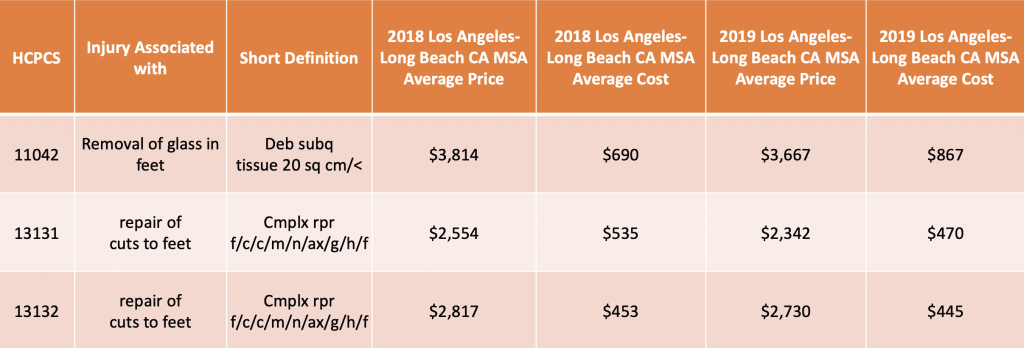CMS Price Transparency Requirements
As we continue our research into Price Transparency (you can see our full Spring Summit on the topic here), one of the things we wanted to know is are hospitals complying and, if so, how?
We conducted a survey of hospitals and took a close look at their approaches to the new Price Transparency requirements. Here’s what we found.
Our Methodology

Our research reviewed 137 health systems with 10+ hospitals within the health system itself, which represented 3,358 hospitals in total. We used the health systems webpage and their search engines to look for the Price Transparency files. We searched basic keywords such as machine readable, pricing transparency, pricing, standard charges, and charges.
Of those 137 health systems we found that 100 of them offered a dedicated system level website for pricing transparency. Our observations for the two reporting requirements – a machine-readable file and a consumer-friendly disclosure are as follows:
Machine Readable Results
Our major finding was that 40 of these systems met CMS’ Price Transparency requirements, meaning their files included all of the required charge criteria. Of the 137 health systems, we did find significant variation in what standard charge elements were being disclosed:
- 85% represented the gross charges within their machine-readable file
- 48% provided the discount cash price policy
- 40% provided the deidentified MIN/MAX values of the payer-specific charges
- 36% disclosed payer-specific charges
- 15% did not post any information at all
We only found 4% of those files represented some level of employed professional charges. This may be because there is still some confusion as to the definition of employed within the rule.

File Types (this is going to be a sub heading in the final)
We also found that there’s wide variation as far as what file types hospitals are using to display their Price Transparency information. The types of files used in posting the transparency files were:
- 38% Excel,
- 28% CSV,
- 12% JSON
- 11% Web/Tool
- 8% TXT
- 3% XML

Congress recently sent a letter to the Department of Health and Human services calling out format specifically. They wrote, “some hospitals… are providing the data in a non-usable format or failing to provide codes for items and services.” We believe CMS could be referring to that 11% of hospitals using the web tool format as cause for their concern.
Consumer Shoppable Results
Of the 137 systems we looked at, 119 of them disclosed information for the consumer shoppable requirement using either a web-based tool (113) or a downloadable file (6). Of the 119, we found that 15 likely would not be deemed compliant by lacking an uninsured option or creating some significant barrier to access. Per accessibility, we found 90% of all web-based tools used CAPTCHA security coding, and several facilities had a member login as well as a guest user access for the tool itself. MyChart used this particular strategy. Many web tools asked for emails, but only a few required it. As far as the spirit of the rule, the goal should be to make the information accessible as possible to the customer, with the fewest barriers to entry. In general, accessibility was something addressed in the CMS CY22 OPPS Proposed Rule which contained additional transparency comments. You can find our summary of the transparency components of the rule here.
Language and Authorizations
In nearly half of the hospitals we looked at, the disclosures were behind some kind of authorization or use-agreement. We had to agree that we understood their terms before we could see the data. In one case, a health system made the user watch a video on the CDM and how pricing is determined before the user was able to access the file. Some hospitals included language urging patients to reach out if they did not understand the information provided or the format of the data.
It is clear that many hospitals and systems are concerned that patients may not fully understand the data, or be able to navigate it with confidence, and are worried that these patients will make a complex decision about their medical care on this limited understanding. For this reason, these disclaimers may be helpful, though we don’t know how patients react to this language or if they integrate it into their decision-making process.
As more hospitals become compliant and researchers aggregate data, we look forward to getting a better perspective on all these issues.
Summary
Our review suggests that a more limited number of hospitals/health systems are complying with the full set of machine-readable requirements (29%) but a far greater number are disclosing consumer shoppable information (87%). The CMS CY22 OPPS Proposed Rule (summary here), seeks to increase the number of compliant hospitals by significantly raising the civil monetary penalties associated with non-compliance.
If you have questions about your hospital’s strategy, please contact us here! If you would like to see a deeper dive into this data, and all our research on Price Transparency, check out our Spring Summit here.





